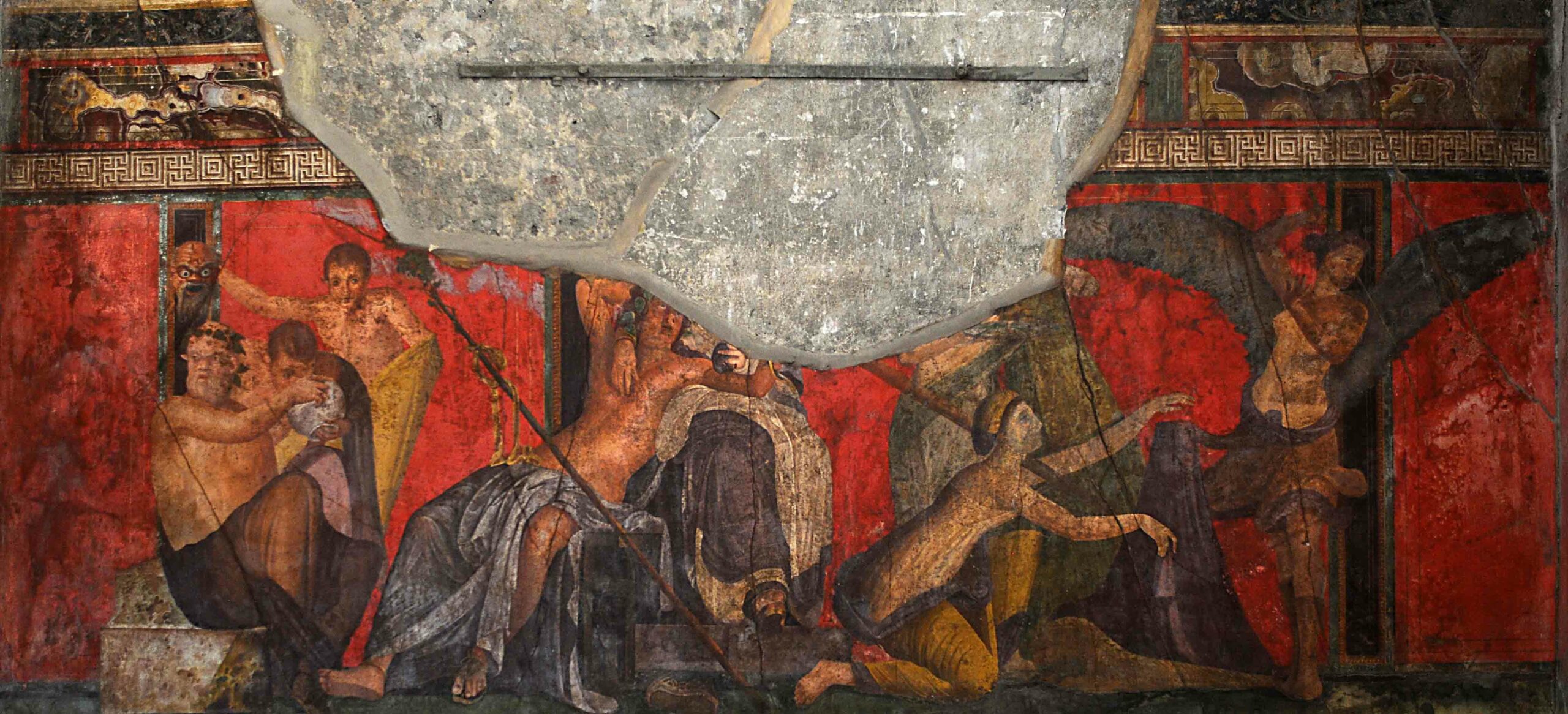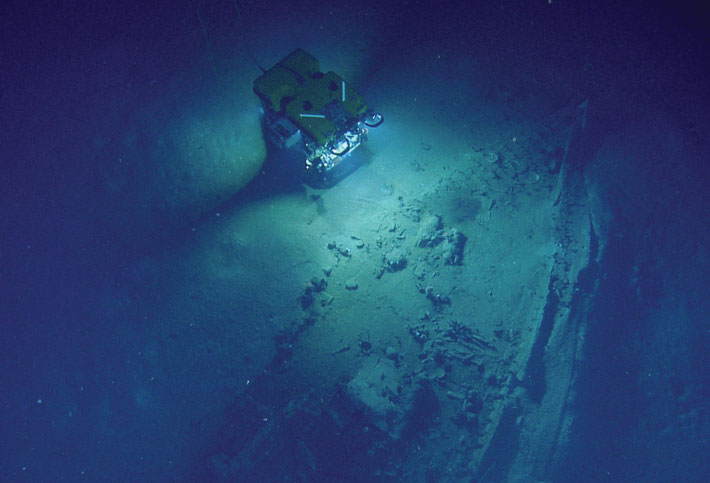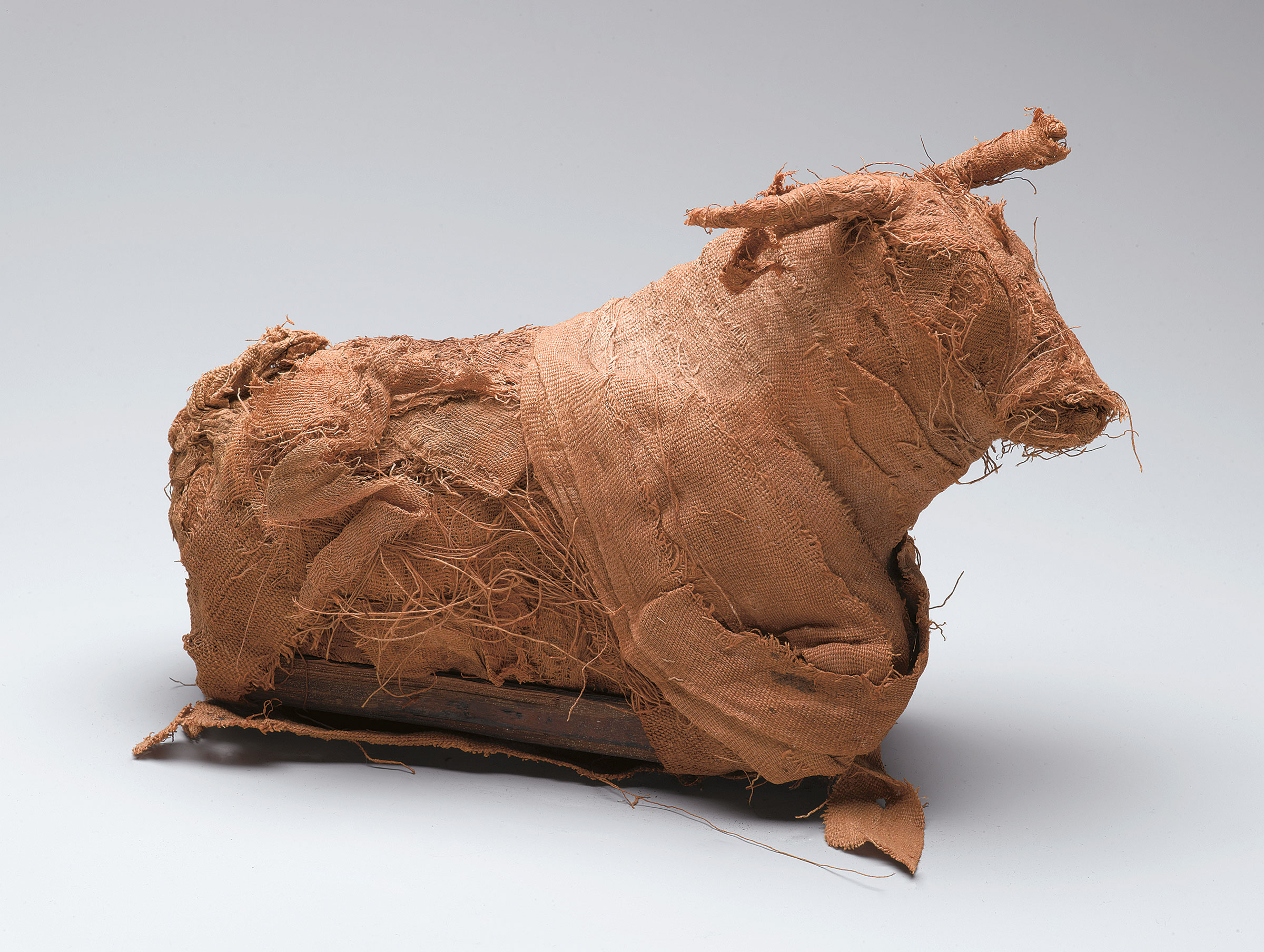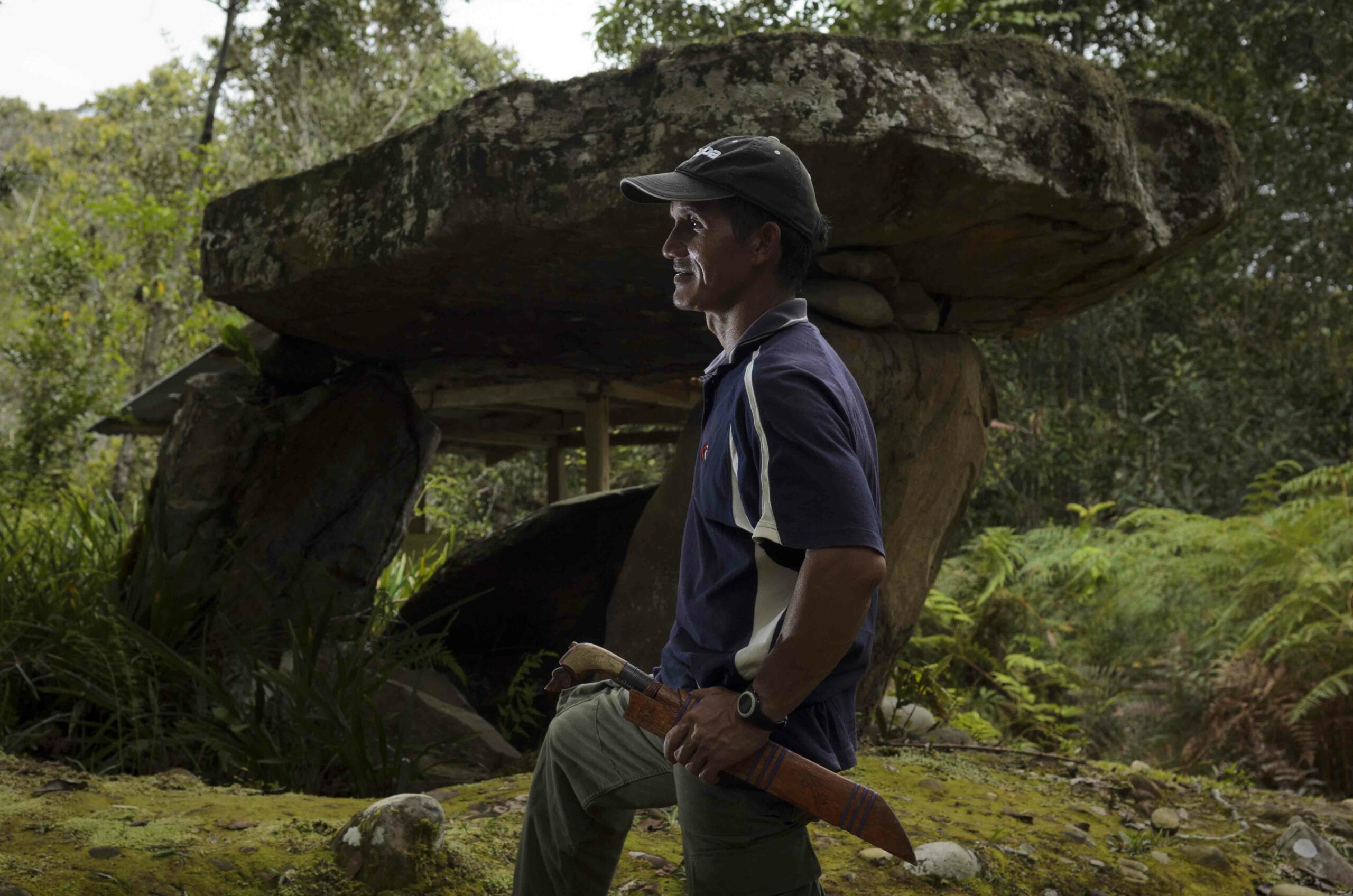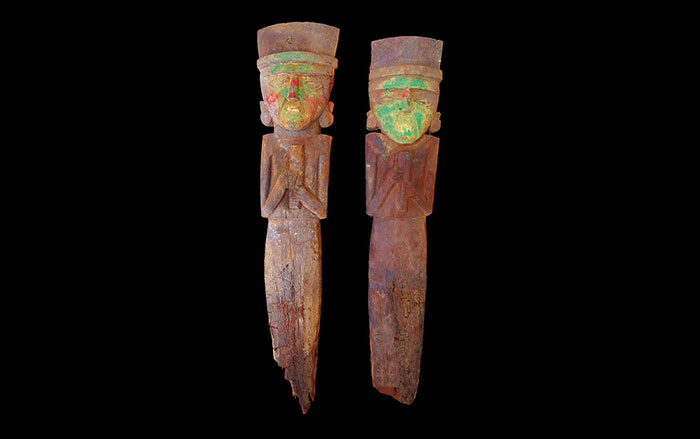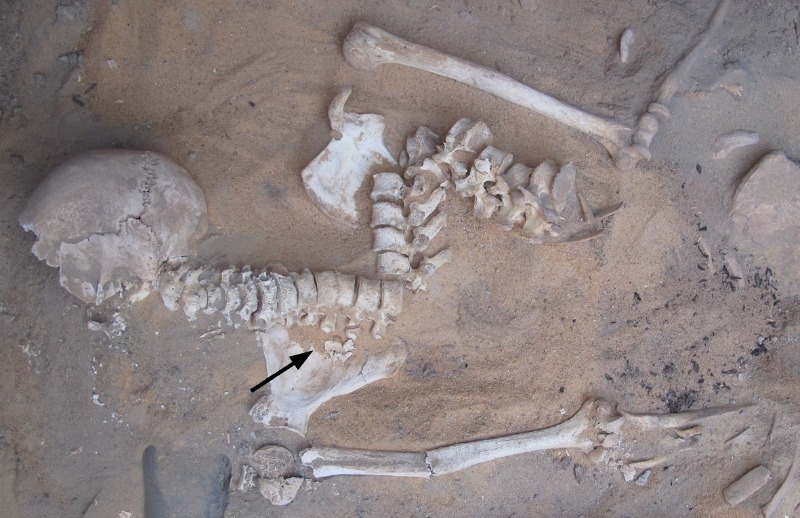
DURHAM, ENGLAND—Three men and two women who were buried 3,000 years ago at Amara West, located in present-day Sudan, had atherosclerosis, or a thickening of the artery walls. The tiny calcified plaques were found among their skeletons by bioarchaeologist Michaela Binder and palaeopathologist Charlotte Roberts of Durham University, who think that smoke from fires for cooking, firing pottery, and metalwork may have been a factor in the development of this condition. The individuals were all between ages 35 and 50 at death, had poor dental health, and were of high and low social status. “The main relevance of these findings is that it shows us that the factors leading to these diseases are not products of modern life but that there are other factors in the environment which may have been around for many thousands of years,” Binder told The Journal.






